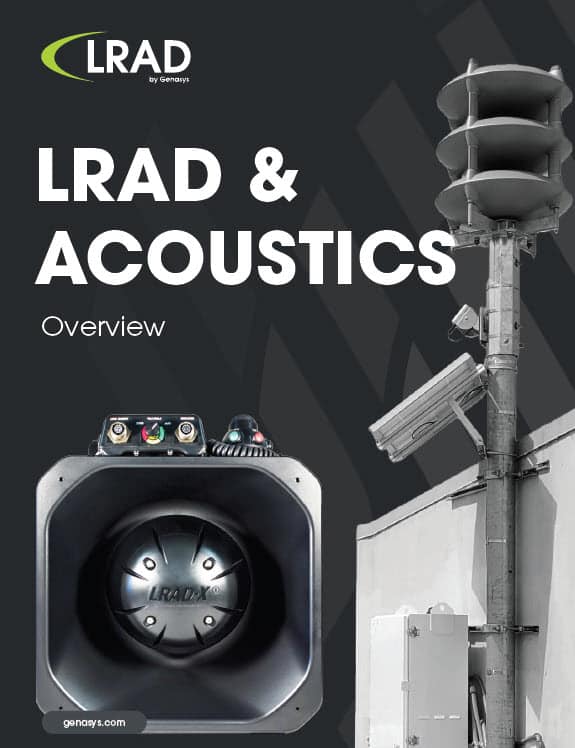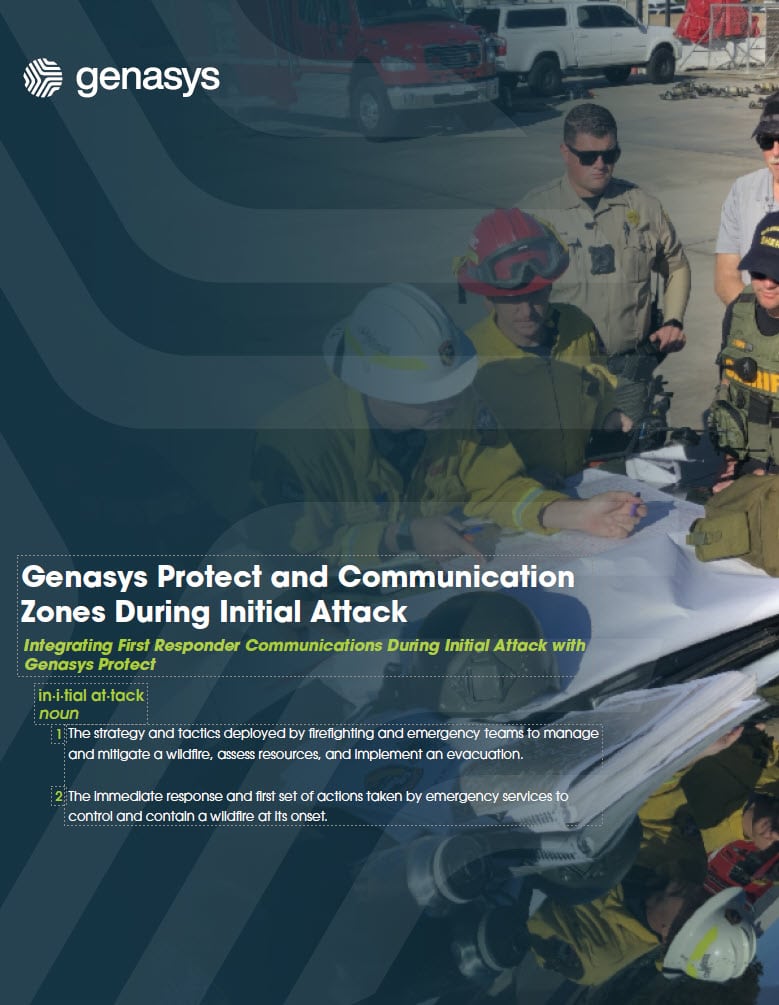By David Schnell, Vice President Global Business Development, Genasys Inc.
Modern technology is rapidly advancing toward a future dominated by unmanned vehicles and systems. From drones in the air to autonomous ground vehicles, military and industrial sectors are embracing these innovations to enhance efficiency and reduce risk. This evolution is reshaping industries, and acoustic devices must adapt to remain effective in a world where remote operability is becoming the norm.
The Rise of Remote Operations
Unmanned systems are increasingly relied upon for their ability to perform high-risk tasks without endangering human operators. Military applications, such as surveillance drones and unmanned ground vehicles, have demonstrated their value by reducing casualties in hazardous environments. These systems can approach dangerous situations, assess risks, and even deliver critical commands through acoustic devices. This capability not only protects lives but also enhances mission effectiveness.
The trend toward remote operations is not limited to the military. Emergency response teams, border security, and industrial facilities are adopting unmanned systems to perform tasks in unsafe or hard-to-reach areas. For these systems to function optimally, they require communication tools that can be operated remotely, ensuring seamless interaction with people or systems on the ground.
Why Acoustic Devices Must Adapt
As unmanned vehicles become more prevalent, acoustic devices must evolve to support remote operability. These devices serve a critical role in delivering clear and authoritative communication, especially in high-stakes situations. Whether it’s issuing warnings, providing instructions, or facilitating coordination, acoustic devices must integrate with the digital and remote capabilities of modern systems.
Remote operability, like that of Reach Technology, ensures that acoustic devices remain effective when deployed alongside unmanned systems. This includes features like:
- Remote Control: Operators must be able to adjust settings, issue commands, and monitor device performance from a safe distance.
- Health Monitoring: Automatic diagnostics can ensure devices are functioning correctly before and during use, reducing downtime and enhancing reliability.
- Seamless Integration: Acoustic devices should be compatible with existing unmanned platforms, enabling centralized control and communication.
Improved Safety Through Remote Systems
One of the greatest advantages of remote operability is the enhanced safety it provides. Unmanned vehicles equipped with acoustic devices can approach potentially dangerous scenarios, such as explosive threats, hostile encounters, or natural disasters, without risking human lives. By delivering clear and precise audio commands, these systems can de-escalate tensions, direct crowds, or provide life-saving instructions from a safe distance.
In search-and-rescue missions, for example, unmanned vehicles equipped with acoustic systems can navigate through hazardous areas to locate and communicate with survivors. Similarly, in military operations, remotely operated acoustic devices can issue warnings or commands to adversaries, reducing the need for direct confrontation.
Adapting to the New Normal
As industries continue to adopt unmanned systems, the need for advanced, remotely operable acoustic devices will only grow. Companies developing these tools must prioritize innovation to meet the demands of this new era. By focusing on remote control, system integration, and enhanced safety features, acoustic devices can remain an essential part of the technological landscape.
The age of unmanned vehicles is here, and the ability to adapt is crucial. Remote operability is not just a feature—it’s a necessity for ensuring effective communication and safeguarding human lives in an increasingly automated world.
Contact Genasys to learn more about LRAD Reach Technology and implementing remote communication capabilities in unmanned systems.

















